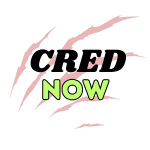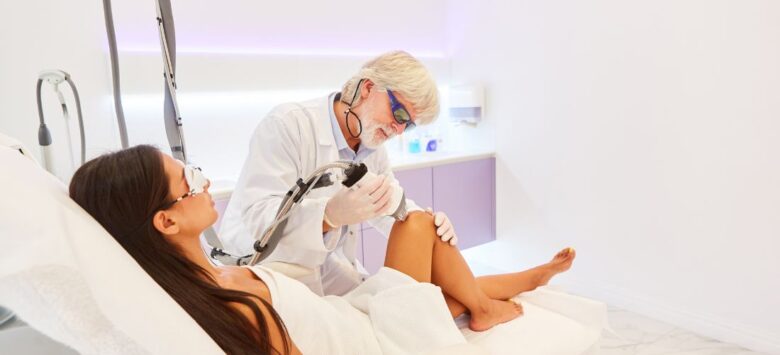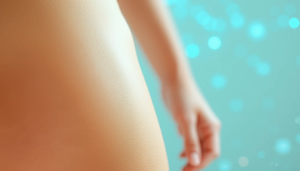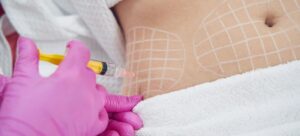Stretch marks, or striae, are a natural occurrence that happens when the skin stretches rapidly due to growth, pregnancy, or weight changes. While they pose no health risks, many people seek ways to reduce their appearance. Laser therapy has become a popular treatment option, offering promising results for minimizing stretch marks. In this article, we’ll explore how laser therapy works, its advantages, disadvantages, and whether it’s the right choice for you.
What Is Laser Therapy for Stretch Marks?
Laser therapy uses focused light energy to target the affected areas of the skin. It stimulates collagen production, encourages skin cell regeneration, and can improve the texture and color of stretch marks. There are two main types of lasers used for stretch mark treatment:
- Ablative Lasers: These lasers remove the outer layer of skin to promote new skin growth and collagen production. Examples include CO2 lasers and Erbium lasers.
- Non-Ablative Lasers: These penetrate the skin without removing its surface, focusing on stimulating collagen production. An example is the fractional laser.
How Laser Therapy Works
Laser therapy works by directing concentrated beams of light onto the stretch marks. The process typically involves:
- Collagen Stimulation: The laser energy triggers the production of collagen, a protein that helps maintain skin elasticity and firmness.
- Pigment Correction: For newer, red or purple stretch marks, lasers can target and reduce discoloration.
- Skin Resurfacing: Ablative lasers remove damaged skin layers, encouraging smoother, more even skin regeneration.
Pros of Laser Therapy for Stretch Marks
1. Effective for Reducing Stretch Mark Appearance
Laser therapy is one of the most effective treatments for minimizing the appearance of both old and new stretch marks. It can significantly improve skin texture and tone.
2. Non-Invasive or Minimally Invasive
Unlike surgical options, laser therapy is non-invasive or minimally invasive, meaning there’s little to no downtime required for recovery.
3. Customizable Treatment
Dermatologists can tailor the laser treatment to your skin type, stretch mark severity, and goals, ensuring a personalized approach.
4. Improves Skin Quality
In addition to reducing stretch marks, laser therapy can enhance overall skin quality by stimulating collagen and improving elasticity.
5. Quick Procedure
Laser treatments are relatively quick, often taking 30 minutes to an hour per session, depending on the area treated.
Cons of Laser Therapy for Stretch Marks
1. Multiple Sessions Required
For optimal results, most people need several sessions (typically 3-10), which can be time-consuming.
2. Cost
Laser therapy is an investment, with sessions costing anywhere from $200 to $1,500 each, depending on the clinic, location, and type of laser used.
3. Temporary Side Effects
Some patients experience redness, swelling, or mild discomfort after the treatment. These effects are usually temporary but can be inconvenient.
4. Not a Permanent Solution
While laser therapy can significantly reduce the appearance of stretch marks, it doesn’t completely remove them, and new stretch marks may form in the future.
5. Suitability Depends on Skin Type
Certain lasers may not be suitable for darker skin tones due to the risk of pigmentation changes or scarring. Always consult a qualified dermatologist to determine the best option for your skin type.
Preparing for Laser Therapy
If you’re considering laser therapy, here are some steps to prepare:
- Consult a Dermatologist: Schedule a consultation to discuss your skin type, the type of stretch marks you have, and your treatment goals.
- Avoid Sun Exposure: Stay out of direct sunlight and avoid tanning for at least two weeks before treatment.
- Follow Pre-Treatment Guidelines: Your dermatologist may recommend stopping certain medications or skincare products that increase skin sensitivity.
Aftercare Tips
Proper aftercare can enhance your results and minimize side effects:
- Moisturize Regularly: Use a gentle, hydrating moisturizer to soothe the skin and support healing.
- Avoid Sun Exposure: Protect treated areas from sunlight with sunscreen (SPF 30 or higher) or clothing.
- Follow Your Doctor’s Advice: Adhere to any specific aftercare instructions provided by your dermatologist.
Is Laser Therapy Right for You?
Laser therapy is an excellent option for individuals seeking noticeable improvement in the appearance of stretch marks. However, it may not be suitable for everyone. Consider the following:
Ideal Candidates
- Those with stretch marks caused by pregnancy, weight changes, or growth spurts.
- Individuals with realistic expectations about the results.
- People without medical conditions that affect wound healing.
Who Should Avoid It
- Pregnant or breastfeeding individuals (consult your doctor).
- Those with certain skin conditions or a history of keloid scars.
- Individuals with recent sunburn or active infections in the treatment area.
Alternatives to Laser Therapy
If laser therapy isn’t for you, consider these alternatives:
- Topical Treatments: Creams with retinoids, hyaluronic acid, or vitamin C can help improve skin texture.
- Microdermabrasion: A non-invasive exfoliation technique that removes the outer layer of skin.
- Microneedling: Uses tiny needles to stimulate collagen production and improve skin elasticity.
- Chemical Peels: Removes damaged skin layers to promote regeneration.
Conclusion
Laser therapy is a highly effective method for reducing the appearance of stretch marks and improving skin quality. While it comes with some drawbacks, such as cost and the need for multiple sessions, the benefits often outweigh the downsides for those seeking noticeable results. Before committing to treatment, consult a qualified dermatologist to ensure it’s the right choice for your skin type and goals.




